An Exploration of Abdul Bari Musliyar al-Malaibari's Magnum Opus: Kithabu Kitāb Siḥāḥ al-Shaikhain
Introduction
The state of Kerala has been a testimony to the rich and prolific production of Islamic knowledge, with numerous great scholars contributing significantly. Among them, Sheikh Abdul Bari Musliyar al-Malaibari[1] stands out, as his tireless efforts have become the main reference for millions of people. His life-long academic persevering through heritage in Kerala reaches out past simple academic pursuits; it typifies a significant commitment to the safeguarding and nuanced comprehension of Hadith studies and statute. All through his life, he turned into a paragon of scholarly responsibility, contributing fundamentally to the social and strict scene. His masterpiece, Kitāb Siḥāḥ al-Shaikhain, mirrors his scholarly discernment as well as fills in as a foundation for scattering of prophetic traditions, turning into an imperative asset in the insightful domain.
Along with al-Malaibari's commitments, Dr. Bahauddhin Nadwi[2] arises as an essential figure, offering a fastidious and insightful piece in his book, Qitāf Thimāril Malkhain. This work not just clarifies the intricacies implanted in Kitāb Siḥāḥ al-Shaikhain, yet additionally fills in as an extension, consistently expanding and enhancing the scholarly legacy set somewhere near al-Malaibari. Eventually, this academic investigation stresses not just the scholarly brightness of Sheikh Abdul Bari al-Malaibari and Dr. Bahauddhin Nadwi, yet in addition the ceaseless significance of their commitments in keeping up with and adoring the Muhaddith custom. It fills in as a powerful sign of the social legacy typified inside these works, encouraging progress with veneration and academic commitment for a long time into the future.
Abdul Bari Musliyari
Valakulam Abdul Bari Musliar was a prominent scholar, Sufi scholar and thinker. He was one of the founding leaders of Samastha Kerala Jamiyyathul Ulama[3] and a great scholar who played a huge role in the growth of the organisation. Musliar, who put aside all his wealth and health for Samasta, assumed the highest positions in the organisation. After the demise of Musliar Pangil Ahmedkutty, who was the vice-president of the organisation from 1926 to 1945, he assumed the presidency and remained in that position until his death.[4]
He was born in Valakulam in Malappuram district in 1298 AH / 1881 AD as the son of Khaja Ahmad, a Koyamutti Muslim. His father was a well-known leader and scholar in Puthuparam. Born to a great family, Abdul Bari Musliar grew up to be virtuous and wealthy at an early age. Although he was born in a rich family, he had great love for the common people. He lived an exemplary life.[5]
After receiving his primary education from his father and teaching in Nadapuram, Tirurangadi and Ponnani dars, Musliyar joined Vellore Bakhyathuswalihat for higher studies. Later he served as Mudaris in Ayyaya, Thanalur Valavannur Kanancheri. A curriculum was also prepared based on the Sunnah Jamaat during the time when he was teaching at the old Jumu'at masjid in Valavannur. From 1921 till his death, he served in his native Pudhuparam for 45 years.[6] He played a significant role in establishing Samastha, taking on the role of its President and generously contributing funds to the organization. Samastha made considerable sacrifices and imparted significance to its message by launching ‘Al Bayān’ magazine in 1929. Abdulbari Musliyar, known for his excellent writing, authored articles on Fiqh and various subjects right from the inception of 'Al-Bayān.'[7] He passed away on the second Sunday of Jamadul Awwal in the year 1385 AH / 1965 AD.
Brief Description of Works
1. Kitāb Siḥāḥ al-Shaikhain
This book of Moulana Abdul Bari Musliyar was written in the field of ḥadīth studies. This book is for the sake of his writings, as it is his last book from his writings, in which he collected the hadiths of the Prophet ﷺ, which were agreed upon by Imam Bukhari and Muslim, or which were unique to one of them. In this work, which became to be his last work, he meticulously gathered the sayings of the Prophet ﷺ that were unanimously accepted by Imam Bukhari and Muslim or those that were exclusive to either of them. He printed it in a printing press that he founded himself to print Islamic books, magazines, and pamphlets, and he called it the Mawlawi Press. He distributed many of his books for free.
Later, he took on the role of president and held that position for two decades until his passing. Towards the end of his life, when the association aimed to create a platform, he recognized the absence of higher Islamic studies in Kerala. This led to the establishment of Nooriya University in early 1963 AD, evolving into a prominent educational and preaching hub. Having financial resources, he contributed by donating a thousand copies of his book, Sihah al-Shaykhin, directing that the proceeds be utilized for the university's development.
2. Qitāf Thimāril Malikhain
This book was written by Dr. Bahauddin Muhammad in Nadwatul Ulama in the year of 2016. This book is a commentary on the book Kitāb Siḥāḥ al-Shaikhain, which was compiled by Moulana Abdul Bari Musliyar from the southern state of India, Kerala. This commentary book was distributed by ‘Sunni Publication Centre, Tirurangadi’ and published by Darul Huda Islamic University, Kerala. In this book, Dr. Nadwi initiates with an exploration of the author's biography and significant contributions. Following this, he delves into a commentary on Musliyar's work. Dr. Nadwi elucidates the motives behind the authorship in the introductory sections of this commentary volume.[8] Al-Malakh means a quick walk, and what is meant by al-Malkh is the walk of the night and the walk of the day, because these explanations were prepared in a short time and with some difficulty and effort that took many nights and days.
3. Kitāb Siḥāḥ al-Shaikhain Analysis
Methodology of the Book:
Musliyar has used many different styles and methodology in writing this book. It becomes clear to us after a cursory glance at the book that he abbreviated it from Al-Khatīb Al-Ṭabrīzī’s book, Mishkāt al-Masābīḥ, who played a major role in shaping the culture of the Muslims of the Indian subcontinent in particular, as the famous hadith scholar and great scholar Abd al-Haqq al-Dahlawi, who first spread the hadith in the Indian subcontinent, was very interested in the Mishkāt. He wrote two explanations of it, one in Arabic and the other in Persian.[9]
This book comprises the compilation of Sahih al-Shaykhyn, primarily organised according to the book and chapter titles. The initial section focuses on the commonalities between Sheikh Muhammad al-Bukhari and Sheikh Muslim al-Naysapuri. The second chapter delves into the distinctive contributions of Sheikh Muhammad al-Bukhari, while the third chapter sheds light on the unique aspects of Sheikh Muslim al-Naysaburi.
His scientific standpoints:
Sheikh Abdul Bari, may Allah have mercy on him, has served the people of knowledge with this book a great service. Scholars and researchers often need the hadiths of the two venerable imams, Imam al-Bukhari and Imam al-Muslim, may God have mercy on them, and their hadiths, because they are the most correct books of hadith, and they have received care, attention, and acceptance that no other book has received. They provide health and fame. Although it is mentioned in many books, such as the book Misbah al-Sunnah and other books, it is widespread in the field.[10]
And in Al-Masabih, Imam Al-Baghawi classified it without any chains of transmission without the narrator of the hadith, and he divided it into two sections, using a terminology that was not used by any of the hadith scholars before him, as he divided it into Sahih and Hasan, and within the section of Sahih is what was reported by the two sheikhs or one of them, while Al-Hasan is what was reported by the four, Ahmad, Ad-Darimi, and Al-Bayhaqi. Al-Khatib Al-Tabrizi, may God have mercy on him, summarised it and arranged the books and chapters like lamps. Then he divided each hadith into three chapters, and the first chapter is from and classified as the Mishkātul Masābīḥ. This Mishkat contains the Bukhari hadith, the Muslim hadith, and the agreed upon hadith. He did not explain in these two books what the two sheikhs or one of them reported. For example, he did not find the hadith. It is agreed upon except after examining the Bukhari hadith, the Muslim hadith, and the agreed upon hadith, and their hadith may be found in the third chapter as well.[11]
As for the book that he summarised, their narratives were mentioned in one place. In the first chapter, there is only an agreed-upon narration, in the second, there is only the narration of Bukhari, and in the third chapter, there is only the narration of Muslim, so it is easier for the researcher who needs the agreed-upon hadiths alone, for example, and not others, to understand them. In the first chapter, he does not need to study hard, and each book has its own merit, status, and scientific value.
Arrangement of book chapters:
He organised this book in a manner that mirrors the sequence of the Mishkat itself, categorising it into books and chapters. At the commencement of the hadiths within the book, specifically in the Book of Faith, there is a reference to the order of the books. He initiated this section with a hadith that outlines
the foundation of Islam on five pillars: the testimony of faith, establishing prayer, giving zakat, performing Hajj, and fasting during Ramadan.
The book encompasses a total of 2647 hadiths, in contrast to the 6285 hadiths present in Al-Mishkat.[1]
Conclusion:
The hadith studies in southern states of India did not flourish to an extent as the northern states. However, till now there has not been any proper study or academic attention exploring the contributions of scholars from South India in the development of hadith studies. A short look in this topic reveals names of few scholars who have undertaken outstanding activities related to hadith especially in vernacular languages. Abdul Bari Musliyar, and Dr. Bahauddin Nadwi are some of the prominent Hadith scholars in this time. Their extensive writings on hadith played a major role in the development of Hadith studies especially in Kerala. Kitāb Siḥāḥ al-Shaikhain of Abdul Bari Musliyar and QQitāf Thimāril Malikhain of Dr. Bahauddin Muhammad Nadwi has still had a ground demand among Hadith scholars, researchers and students in the state. His life and legacy have to be elaborated with great extent and his works should be more in circulation through many academic activities like research, conference, etc. Not bound to the academic sphere of Kerala, the major contributions of Southern scholars, like him in the realm of different Islamic studies to the Indian Subcontinent.
Endnotes:
[1] Malabar is a term used for Indians originating from the Malabar region. The region includes the present state of Kerala in India, i.e. the southwestern coast of the country.
[2] He is the founding Vice Chancellor of Darul Huda Islamic University, one of the most influential 500 Muslims of the world twice, and he is the President of Samastha Kerala Jam'iyyathul Mu'allimeen Central Council .
[3] It is the principal Sunni-Shafi'i Muslim scholarly body in Kerala, founded in 1926.
[4] Kuriodam, Bawas. “Hasaniyyah : Deceased : Walakulam Abdul Bari Musliar.” Hasaniyyah, 2010, https://hasaniyyamadrasa.blogspot.com/2010/09/blog-post_21.html. Accessed on 11 Nov 2023.
[5] Al Nadwi, Dr. Bahauddiin. Qitafu Thimaril Malkhain Fee Sharhi Kitabi Sihahishshaikhain. 1st ed., Sunni Publication Centre, 2016.Pg.07.
[6] “Abdul Bari Musliyar .” Islam Kavadam, https://www.islamkavadam.com/prasthanam/keralam-panditha-pramughar-abdul-bari-muslyar. Accessed 11 Nov. 2023.
[7] An Arabi-Malayalam Magazine, Abdul Bari Musliyar was the editor of this Magazine, since 1954.
[8] Ibid, Pg.16.
[9] Ibid, pg.13-14.
[10] Ibid, pg. 14.
[11] CT, Anas. An-nashatwat al-Hadiithia fi Kerala . 2014. PG Thesis. Darul Huda Islamic University.
[1] Al Nadwi, Dr. Bahauddiin. Qitafu Thimaril Malkhain Fee Sharhi Kitabi Sihahishshaikhain. 1st ed., Sunni Publication Centre, 2016.Pg.15.
About the author: I am Obaidul Hoque, currently pursuing my PG research at Darul Huda Islamic University in Kerala, India. I hold a BA degree in English from IGNOU and I am proficient in English, Arabic, Urdu, and Bengali languages. Alongside my studies, I also work as an Editor for (Islamonweb.net ) Bengali online magazine, where I contribute regularly.
Disclaimer
The views expressed in this article are the author’s own and do not necessarily mirror Islamonweb’s editorial stance.

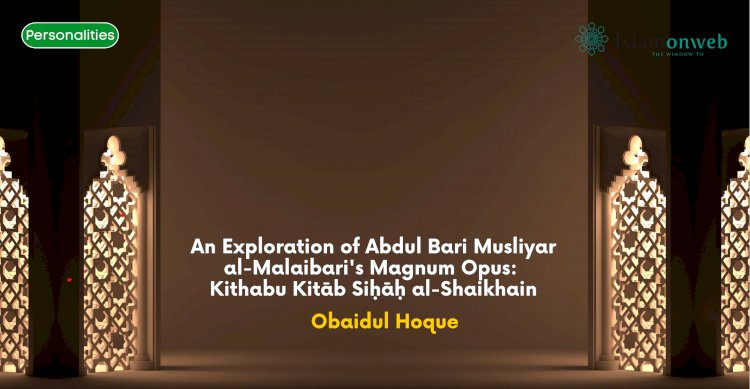


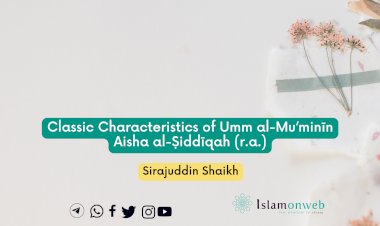
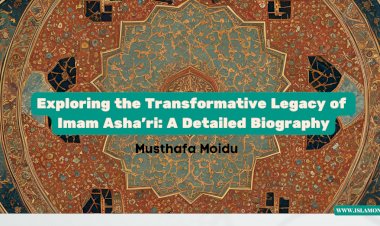
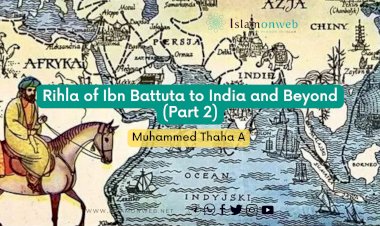
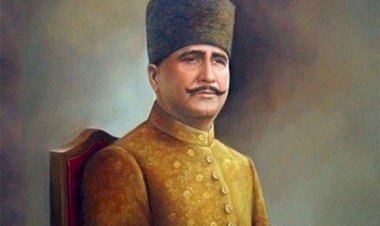
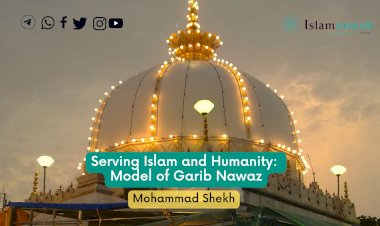
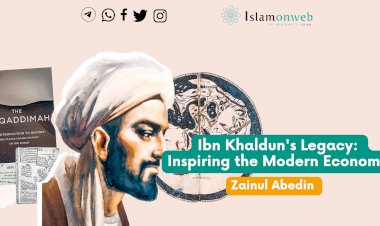














Leave A Comment